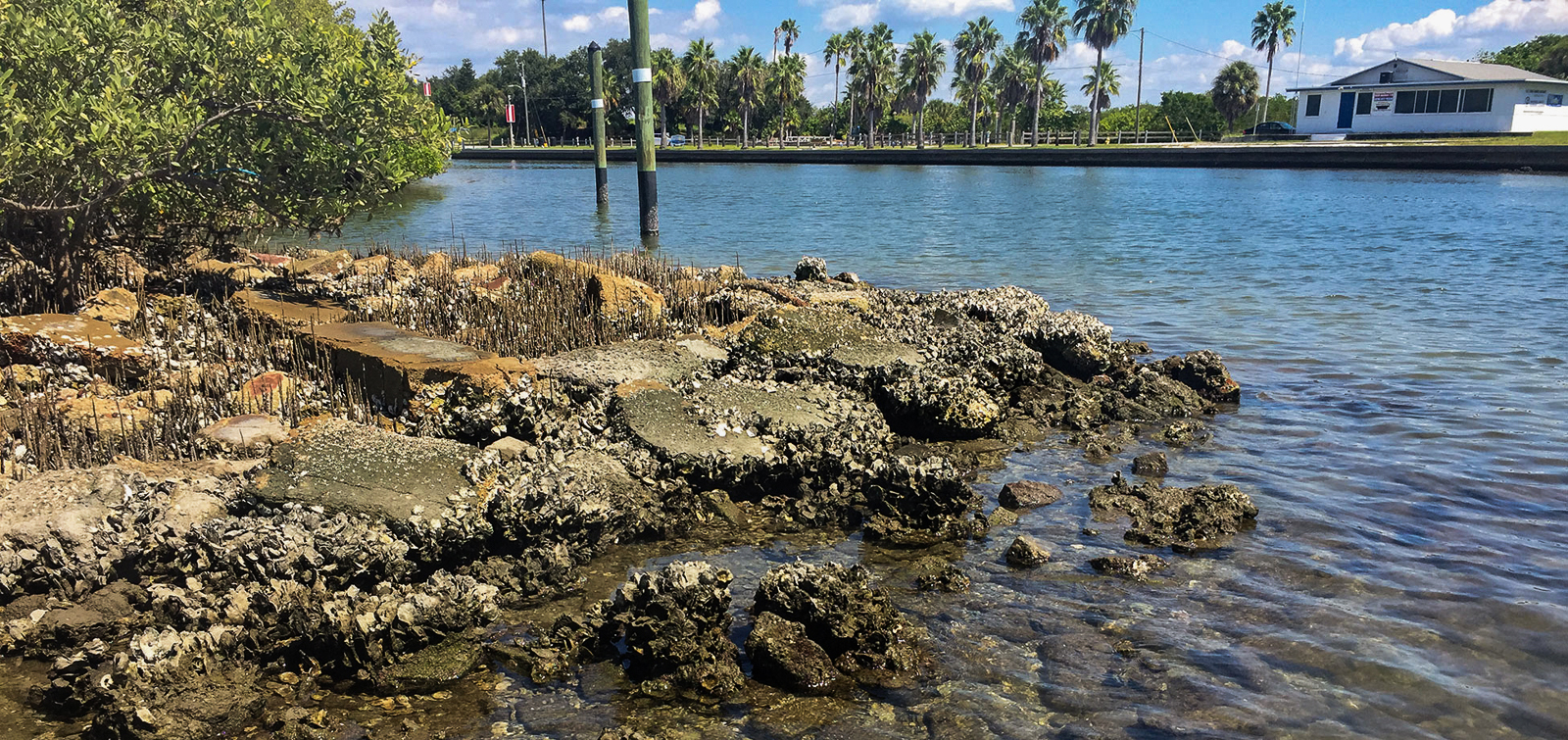The Infrastructure Investment and Jobs Act (IIJA), signed by President Biden on November 15, 2021, authorized $1.2 trillion of federal aid in support of highway, transit, safety, rail, broadband, climate action, and equity programs. Federal funds from the IIJA are distributed to federal, state, and local agencies and tribal governments based on formula and competitive grants. Funding is available now through 2026.
As a nationwide environmental consulting firm for more than 50 years, ESA has the experience and expertise to assist agencies in understanding the requirements of these competitive grants and can help you pursue these funding opportunities. For an overview of the IIJA and grant process, see our IIJA highlight article here.
If your grant application was successful and you’ve obtained federal funds for your project, there are a few steps you’ll want to consider before implementing your project:
Step 1: Contact ESA. Federal funds affect the scope, schedule, and budget required for the environmental clearance of your project; we can assist in setting up your project for success. We can also assist with the following two steps.
Step 2: Understand the Federal Nexus. A federal nexus occurs when federal approvals or permits are required, when a project occurs on federal land, or when a project has federal funds. Even $1 of federal funds provides a federal nexus for discretionary projects, triggering the National Environmental Policy Act (NEPA).
Step 3: Identify the Key Players. The federal agency that is providing the grant funding may or may not be the federal lead agency under NEPA. NEPA also has requirements for engaging cooperating and participating agencies, including agencies with expertise with respect to environmental issues and agencies with an interest in the project, respectively.

IIJA money is distributed via hundreds of programs involving multiple federal agencies to fund
improvements to roads, bridges, and railways.
Below, we’ll walk you through some frequently asked questions for the next phase of the process.
Frequently Asked Questions (FAQs)
ESA has assembled the following FAQ list to help advise clients that are seeking to obtain or have obtained federal funding through the IIJA.
- Who is the NEPA lead agency for my federally funded project?
The NEPA lead agency has the primary authority for approving and implementing a project that is subject to discretionary approval. A project may have funding or discretionary approvals from multiple federal agencies. The NEPA lead agency is selected based on a federal agency’s magnitude, duration, and sequence of involvement, approval authority, and expertise. Other federal agencies involved may be considered cooperating or participating agencies. - Why is it important to understand who the NEPA lead agency is?
Unlike State environmental laws, like the California Environmental Quality Act (CEQA) or Washington’s State Environmental Policy Act (SEPA), which have clear guidelines for implementation for all lead agencies, NEPA defers to each federal agency for implementation guidance. Each NEPA lead agency may have different coordination and communication protocols, document templates, review timing requirements, and technical study requirements.
In addition, some federal agencies such as the Federal Highway Administration (FHWA) under the U.S Department of Transportation (U.S. DOT), may have delegated their NEPA authority to State departments. In California, environmental review, consultation, and most other actions required by applicable federal environmental laws are carried out by the California Department of Transportation (Caltrans) under delegated authority from FHWA pursuant to 23 USC 327 and the Memorandum of Understanding dated May 27, 2022, and executed by FHWA and Caltrans. - What are some examples of unique requirements of different NEPA lead agencies?
A. U.S. DOT. An assessment of impacts to certain resources protected under Section 4(f) of the U.S. DOT Act of 1966 is required for projects that must attain approval from the U.S. DOT. Accordingly, Section 4(f) applies only to agencies within the U.S. DOT, such as FHWA, Federal Transit Administration (FTA), and others. Section 4(f) protects publicly owned parks, recreational areas, wildlife and waterfowl refuges, and public and private historic sites. Section 4(f) requires that the Secretary of Transportation may approve a transportation program or project that incorporate the “use” of public parks, recreational resources, wildlife or waterfowl refuges, or historic sites only if there is no feasible and prudent alternative and all possible planning to minimize harm has been considered. Due to the stringent requirements of Section 4(f), adequate funding and timing should be provided for coordination with authorities with jurisdiction over Section 4(f) resources, as well as a thorough analysis of impacts.
B. Categorical Exclusions. Each federal lead agency maintains their own list of classes of action that have been determined—after review by the Council on Environmental Quality (CEQ)—to not result in a significant effect on the human environment and thus are categorically excluded from NEPA review. The CEQ maintains a comprehensive list of federal agencies’ categorical exclusions here. - What if my project is already undergoing environmental review under a State law like CEQA or SEPA?
Depending on where you are in the process, you have a few options.
A. State review has been initiated but is not complete.
i. Coordinate with your federal lead agency immediately to determine what additional environmental topics or studies will be required to meet requirements for NEPA. For example, if you have already started the biological field work, you may need to complete supplemental field surveys.
ii. Examine the cost and benefits of preparing separate documents or preparing joint state environmental review (CEQA or SEPA with NEPA) documents. For example, Caltrans templates for joint documents look very different from typical CEQA documents. However, additional effort to combine the documents up front may save time and budget by facilitating efficiencies in future reviews.
B. State review is already completed.
i. There is no statutory shelf life on a CEQA document. Therefore, so long as the project description remains unchanged, the CEQA approval will remain in effect as the NEPA process begins. A SEPA document is generally good for approximately 10 years or may need to be updated or redone based on revisions in the general area or project site since the first documentation.
A NEPA document will be required, and information from the CEQA document can be referenced, as applicable, to prepare the document.
The NEPA document may also incorporate by reference or “adopt” a SEPA document in order to make sure the analysis becomes part of the NEPA administrative record.
Additional studies and/or consultations specific to NEPA may be required.
ii. Any substantial changes to the project design as a result of the federal funds and completion of NEPA may require an Addendum, Supplemental, or Subsequent CEQA or SEPA document. - What if my federal funding applies to only part of a project?
Limiting federal funding to only part of a project, such as a bike lane included in a larger roadway-widening project, can be a great way to limit the scope of federal involvement. If there is a clear distinction and separation of the federal funds for a particular part or phase of the project, NEPA applies only to that part of the project. NEPA categorical exclusions may apply to smaller federally funded improvements, drastically reducing scope, schedule, and budget for environmental clearance. - I am anticipating receiving federal funds, but my grant application has not been submitted or approved yet. Can I get started preparing a NEPA document to advance the schedule?
This strategy is not typically advised. It is speculative to assume the level of NEPA documentation and technical studies that will be required without input from the NEPA lead agency. Agencies like Caltrans are not authorized to review or discuss projects without an Expenditure Authorization to charge their time to. Therefore, preparing a NEPA document in advance of receiving federal funds and coordination with the NEPA lead agency poses a risk to the project scope, schedule, and budget and the document may be subject to change even if informal advice is provided.
However, there are ways to incorporate environmental topics required under NEPA into CEQA or SEPA documents, which may assist in facilitating future NEPA approvals if there is the need to advance the CEQA or SEPA clearance prior to or during the grant application process. - What experience does ESA have with federally funded projects?
ESA has decades of experience successfully delivering NEPA approvals for federally funded transportation projects in each of our regions nationwide. We have a comprehensive understanding of the requirements for NEPA compliance as dictated by U.S. DOT funding administrations including the FHWA, FTA, Federal Railroad Administration, and Federal Aviation Administration, as well as State agencies with delegated NEPA authority. We have recently or are currently providing NEPA services for dozens of transportation projects with federal funding from programs such as the Highway Bridge Program, Highway Safety Improvement Program, Congestion Mitigation and Air Quality Improvement Program (CMAQ), Safe Routes to Schools (SRTS), Active Transportation Program, 5331 Grants for Rural Areas, Rebuilding American Infrastructure with Sustainability and Equity (RAISE), Emergency Relief, and many more.
The key takeaway: Federal funding available through the IIJA has several implications for environmental clearance of your project. ESA’s environmental planning staff can help you navigate these implications to ensure successful project delivery at any stage.
Still have questions? Visit our transportation services page to learn more about how ESA can assist our clients engaged in transportation projects. Or connect with ESA’s transportation sector specialists: Melissa Logue (Northern California), Tamseel Mir (Southern California), Sandy Scheda (Southeast), and Stacy Bumback (Northwest).







